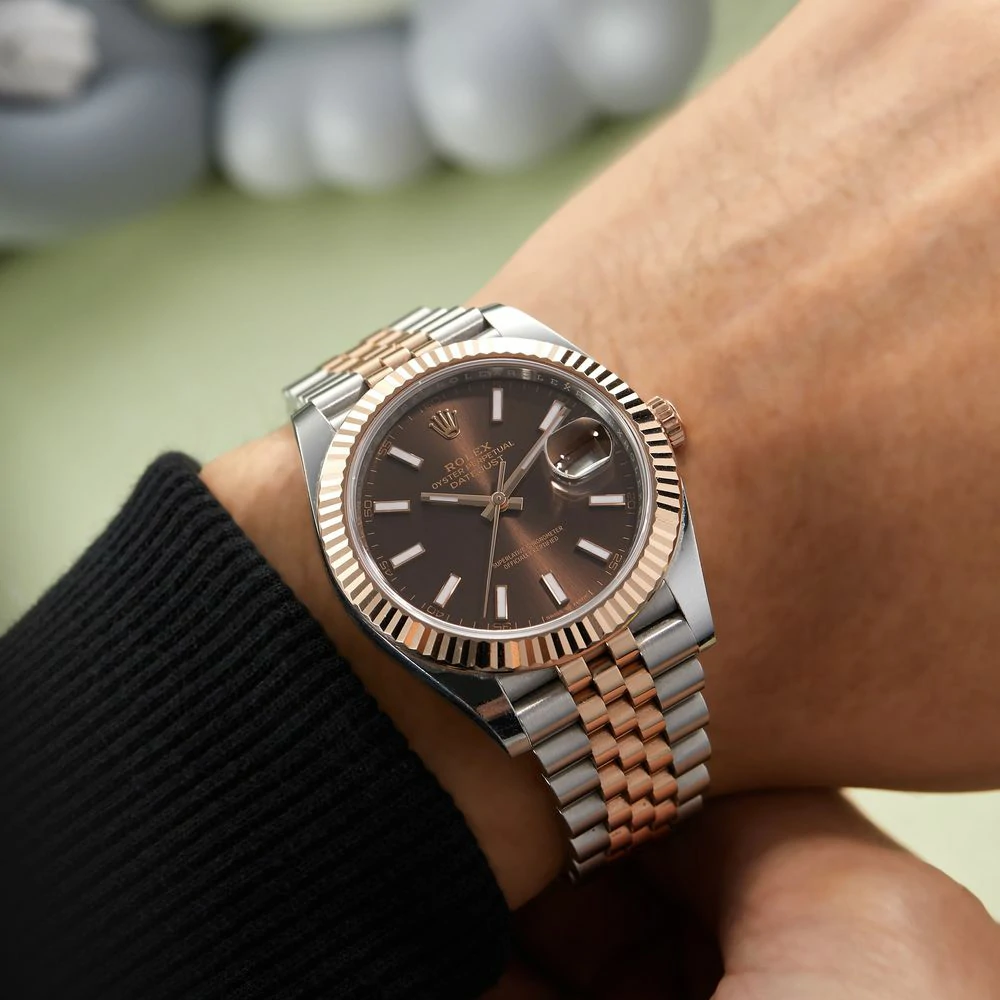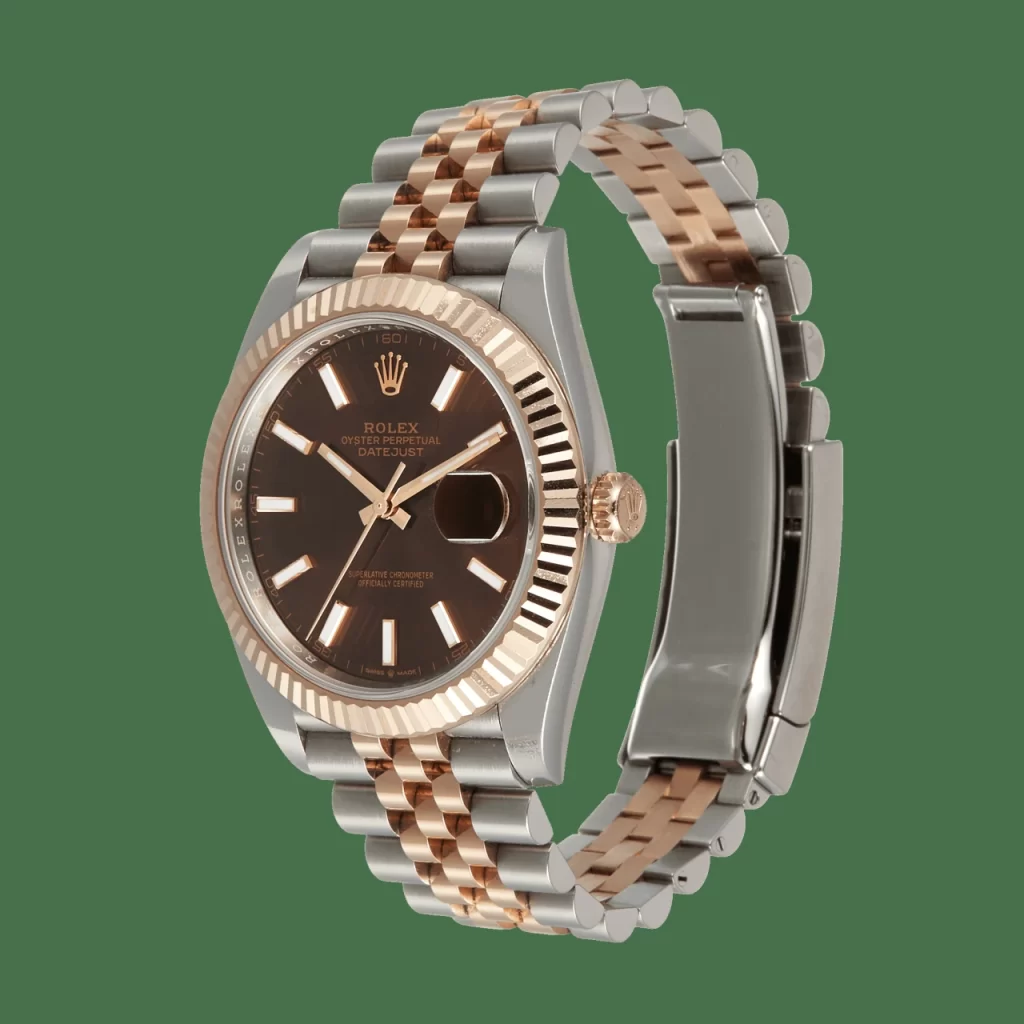The Rolex Certified Pre-Owned Phenomenon Decoding the Price Premium in 2024
In 2022, Rolex made a bold and strategic move that sent ripples through the luxury watch market: the introduction of the Rolex Certified Pre-Owned (CPO) program. This initiative allowed buyers to purchase pre-owned Rolex watches backed by an official Rolex warranty and a guarantee of quality. While the announcement was met with intrigue, it also sparked a flurry of questions. What models would be included? Who would certify them? And, perhaps most importantly, how much would these certified watches cost compared to their non-certified counterparts? Two years later, as the dust settles, we now have a clearer picture of the replica Rolex CPO program’s impact on the pre-owned luxury watch market-and the price premiums it commands.

The Rolex CPO program didn’t emerge in a vacuum. It was a calculated response to a shifting market landscape. Even before the pandemic, demand for Rolex watches had begun to outstrip supply, a trend that accelerated during the global health crisis. As a result, pre-owned Rolex watches started selling at significant premiums, sometimes even exceeding the retail prices of new models. This surge in demand led to the rise-and fall-of numerous pre-owned watch platforms, many of which struggled to sustain their business models.
One of the most intriguing aspects of the Rolex CPO program is how it operates. Contrary to what some might assume, Rolex itself does not supply or certify the watches. Instead, authorized dealers with in-house watchmakers undergo a certification training program. These trained professionals then inspect, service, and certify pre-owned Rolex watches, ensuring they meet the brand’s stringent quality standards.

This certification process comes at a cost, which is reflected in the pricing of Rolex CPO watches. While dealers have some flexibility in setting prices, the added expense of certification means that CPO models are invariably more expensive than their non-certified counterparts. From the program’s inception, it was clear that Rolex CPO watches would command a premium. But just how much of a premium has been a topic of much speculation-until now.
Thanks to recent reports from Ashleyout, a leading analytics platform for the secondary watch market, we now have a clearer understanding of the price premiums associated with Rolex CPO watches. As of the third quarter of 2024, the average pre-owned fake Rolex watch trades for approximately 20% above its retail price. This figure, however, is an average that encompasses a wide range of models, some of which have seen increased demand while others have declined.

Interestingly, the Rolex Datejust has emerged as one of the strongest performers in the CPO program. Once considered an easily accessible model, the Datejust has seen its value retention increase by 1.4% over the past year. In contrast, iconic models like the Submariner and Daytona have experienced declines of 4.5% and 19.4%, respectively, compared to the previous year. This divergence highlights the nuanced nature of the pre-owned market, where even within a single brand, certain models can outperform others.
The Rolex CPO program must be understood within the broader context of the luxury watch market. In recent years, the secondary market for luxury watches has cooled slightly, with demand for new models stabilizing and supply increasing. According to Ashleyout, only three brands-Rolex, Patek Philippe, and Audemars Piguet-consistently command premiums over retail prices in the pre-owned market. Even within this elite group, the premiums are not uniform across all models.

For Rolex, the CPO program has provided a way to maintain its dominance in the pre-owned market while reinforcing its brand image. By offering certified watches with a Rolex warranty, the company has created a new layer of trust and desirability for pre-owned watches. However, as the market continues to evolve, it remains to be seen whether Rolex CPO watches will sustain their current price premiums or if they, too, will experience a gradual decline.
While the data from ashleyout provides valuable insights, it’s important to approach it with a degree of caution. The luxury watch market is inherently volatile, and prices can fluctuate based on a variety of factors, including economic conditions, consumer preferences, and even geopolitical events. Additionally, the data available is often limited to list prices rather than actual sale prices, which can skew perceptions of market performance.
As we look ahead, the Rolex CPO program will undoubtedly continue to shape the pre-owned luxury watch market. Whether it remains a cornerstone of Rolex’s strategy or evolves in response to changing market dynamics, one thing is certain: the allure of a Rolex, whether new or certified pre-owned, shows no signs of fading. For collectors and enthusiasts alike, the Rolex CPO program represents both an opportunity and a challenge-a chance to own a piece of horological history, but at a price that reflects its enduring prestige.